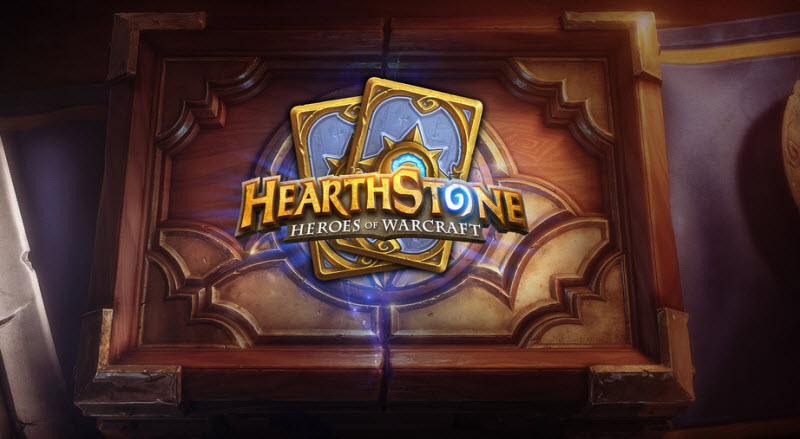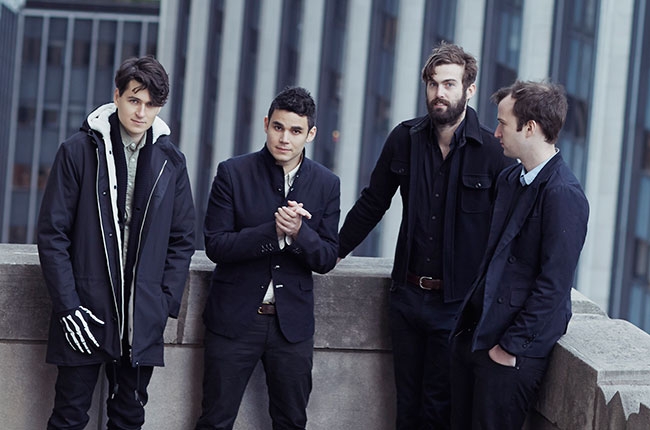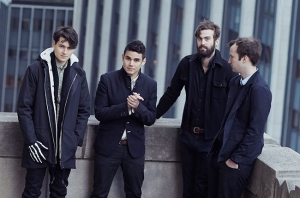The violence that exploded between Israel and Hamas this summer may have seemed sudden to many. But the conflict between the two has been going on since the founding of the State of Israel, and even before that. To understand this seemingly never-ending conflict, one must know the history of the region.
In the late 1800s the Zionists, a Jewish group with the goal of claiming Israel as a Jewish State, moved into the region of Palestine (then a British colony) with the goal of creating a Jewish homeland there. At first there was a small Jewish population in the area, and there was not much dispute about their presence in Palestine. But as their population increased in the area, especially in the 1930s and 40s during the Holocaust, the Palestinian Arabs who lived there became alarmed, and violent acts were committed by both sides.
In 1948, in the face of growing violence in the region, the United Nations intervened and voted to partition Palestine into 2 states: one Arab and one Jewish. Both sides were unhappy with this plan. Continuing conflict between the two led to the First Arab-Israeli War in which the neighboring Arab states declared war on Israel. These states included Lebanon, Syria, Iraq, and Egypt. Israel was far outnumbered by Arab forces.
But to the surprise of the watching world, the war ended in an Israeli victory. This is often seen as the date when the modern state of Israel was created. This country included the land previously set aside for the Palestinian Arabs.
The Arab states continued to be hostile towards Israel, and the countries would clash many times in the next decades, especially with Egypt. A notable conflict with Egypt was the Suez Canal Crisis in 1956, where Egypt closed down the Suez Canal to western traffic, thus harming Israel’s economy, along with Western Europe’s. Britain, France, and Israel sent in military forces to occupy the canal, but fearing a Cold War crisis, the US and the Soviet Union were able to prevent war from breaking out. The armies of the three nations withdrew.
An important event for the Palestinian cause took place in 1964. This was the year that the Palestinian Liberation Organization (PLO) was formed. The PLO was created in order to remove Israel from power, and to secure a Palestinian state. Since their formation, they have sponsored numerous guerilla raids on Israeli citizens and soldiers in order to forward their cause.
In 1967, the Six Day War was fought, in which Israel declared war on all its Arab neighbors thus gaining the area known as the Occupied Territories. This included the Sinai Peninsula, Golan Heights, Gaza Strip, and West Bank.
In 1973, the Yom Kippur War began when Egypt tried to attack Israel in order to regain the Sinai peninsula. Despite a surprise attack on one of the most holy days of the year, Israel was able to defeat Egypt.
In 1979, the Camp David Accords were signed, making Egypt the first Arab country to declare peace with Israel, in exchange for the Sinai Peninsula. The Camp David Accords were signed by Egyptian President Anwar El Sadat and Israeli Prime Minister Menachem Begin after 13 days of negotiation. This negotiation was initially led by President Jimmy Carter who had said that this peace treaty would be used as a framework for further progress towards peace in the Middle East. The treaty also called for further meetings to resolve the issue of Palestine, that Israelis must move out of the West Bank and Gaza, and during a five-year period a Palestinian self-government would be formally introduced.
Despite this agreement, the Palestinians were not controlling either Gaza or the West Bank. Many other states would not agree to a peace agreement with Israel as Egypt had. Further conflict with it’s neighbors followed. In 1982 Israel launched an attack on southern Lebanon when they discovered that the PLO had established a base in that area.
Such violence increased the Palestinians’ resentment of Israeli rule, and thus began the Intifada or “The Rock Throwing War” in 1987 where the Palestinians declared a campaign to resist the creation of the state of Israel. By throwing rocks they were able to show that they would accomplish their goal by any means possible.
The First Intifada was ended after the Oslo Peace Accords were signed in 1994. The Oslo Accords were when Israeli Prime Minister Yitzhak Rabin, Israeli Foreign Minister Shimon Peres, and PLO Chairman Yasser Arafat. This Israeli signed peace agreement gave the Arabs in Palestine control of Gaza and the promise of discussing their possible control over the West Bank. Although this event brought a temporary end to the violence, a Second Intifada began in 2000 after a visit by Israel’s then opposition leader, Ariel Sharon, to Jerusalem’s Temple Mount, one of the most holy places in both Judaism and Islam. Palestinians saw this act as insulting due to tensions over who would control the holy site.
The Second Intifada ended in 2005 when Palestinian President Mahmoud Abbas and then-Prime Minister Ariel Sharon agreed to stop all acts of violence between Israelis and Palestinians.
Despite the end of the Second Intifada, there is still widespread violence between both sides today. The most recent example is the Israeli Army’s bombardment of Gaza, starting in July.
by Harleen Kaur







